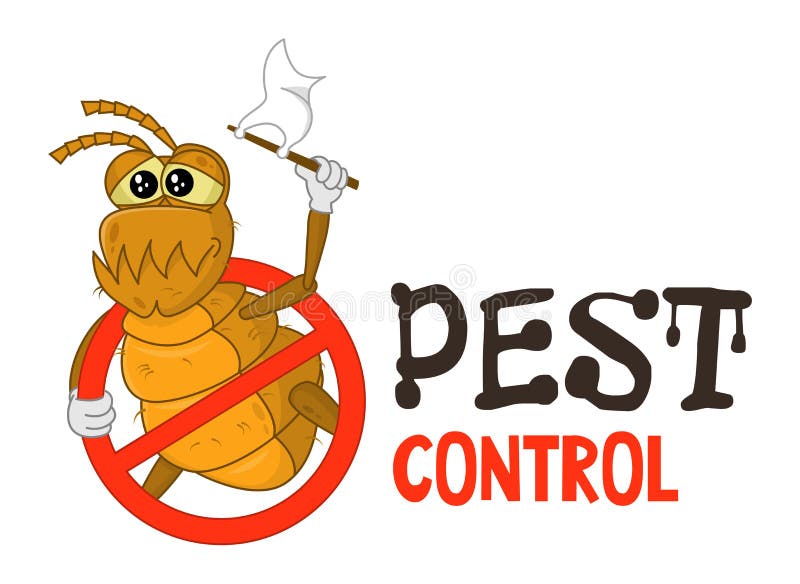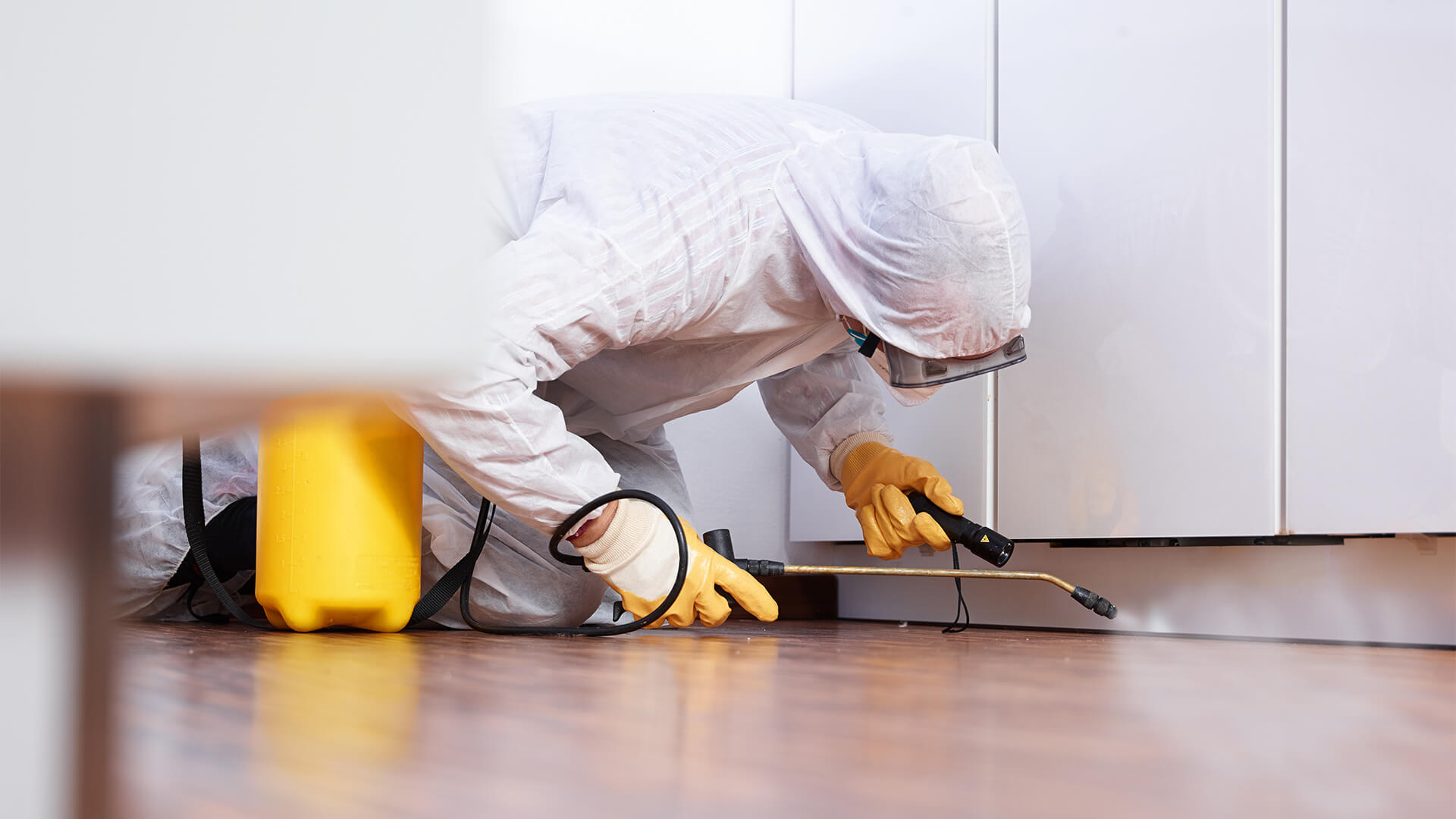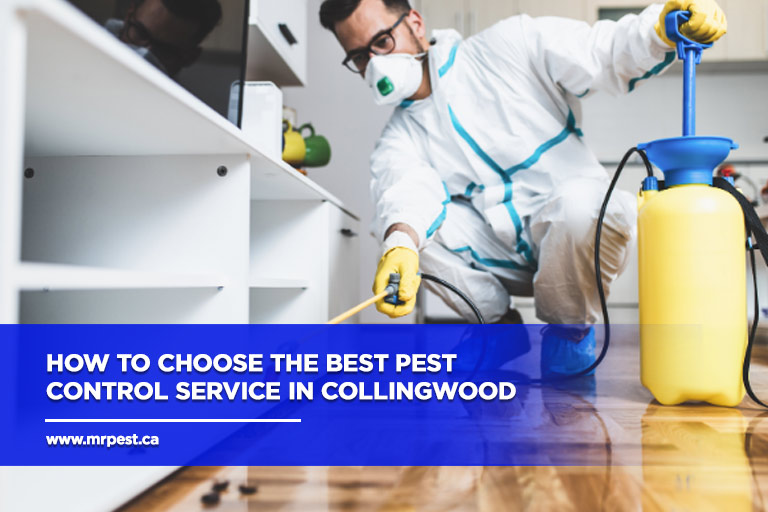Top Coquitlam Pest Control Solutions for a Rodent-Free Home
Safe and Trustworthy Pest Control for Lasting Security
Reliable insect administration needs a diverse technique that stabilizes ecological stability with the need for effective pest reductions. The subtleties of these methods may not be quickly clear, motivating a more detailed examination of the techniques that can lead to lasting pest control outcomes.
Recognizing Bug Control Techniques
Bug control includes a range of techniques aimed at handling and getting rid of unwanted pests and rats that can intimidate both wellness and home. Recognizing these approaches is critical for reliable pest administration.
The main categories of insect control approaches consist of mechanical, biological, and chemical approaches. Mechanical techniques involve physical obstacles and catches to avoid bug entry and capture undesirable species. For example, making use of displays on windows or using sticky traps can significantly lower bug populations without presenting damaging substances.

Chemical parasite control is typically one of the most identified approach, utilizing pesticides to get rid of insects. These chemicals can be efficient yet have to be utilized with care to stay clear of adverse effects on non-target species and the atmosphere.
Benefits of Eco-Friendly Solutions
Exactly how can green options transform parasite control practices? The fostering of environmentally friendly bug control techniques offers many benefits, considerably enhancing the efficiency and safety of bug management.

Another advantage is the favorable impact on regional biodiversity. Eco-friendly options are made to target specific insects while protecting valuable insects and wildlife, promoting a balanced environment. This strategy aligns with the growing customer need for lasting techniques, boosting the reputation of insect control companies.
Integrated Bug Monitoring Approaches
The execution of environmentally friendly options normally causes the fostering of Integrated Parasite Monitoring (IPM) approaches, which better boost parasite control efficiency. IPM is an all natural strategy that incorporates numerous techniques to manage bug populaces while decreasing ecological influence. This method highlights using biological, social, mechanical, and chemical controls, ensuring a balanced and lasting method of pest management.
One essential aspect of IPM is the extensive assessment of parasite task and environmental problems. By keeping track of insect populaces and recognizing their life cycles, specialists can implement targeted treatments that interfere with the parasite's habitat or lifecycle, reducing dependence on chemical pesticides. Additionally, social methods such as crop rotation and habitat manipulation can considerably lessen bug establishment and recreation.
An additional important component is making use of biological control representatives, such as helpful pests or bacteria, which can naturally reduce pest populaces. When chemical applications are necessary, IPM focuses on the use of low-risk pesticides and applies them precisely, lessening exposure pest protection services to non-target microorganisms and humans.
Integrating IPM strategies not only enhances parasite control performance but also promotes a much safer ecological community, straightening with the expanding demand for sustainable techniques in bug management.
Safe Practices for House Owners
Recognizing the significance of risk-free methods in pest control can equip home owners to efficiently take care of parasite issues while securing their health and the atmosphere. Carrying out non-toxic methods and safety nets is essential in lessening direct exposure to harmful chemicals.
Property owners ought to first analyze their environment for problems that draw in parasites, such as standing food, mess, and water waste. Frequently cleansing and sealing entrance points can hinder parasites from invading the home. Making use of all-natural deterrents, such as essential oils or diatomaceous earth, can provide effective options to chemical pesticides.
When chemical therapies are needed, house owners ought to choose items that are particularly identified as risk-free for property usage. It is vital to adhere to application standards diligently to stay clear of overexposure. Using targeted treatments in locations where pests are recognized, instead than covering splashing, can considerably lower chemical usage.
Last but not least, preserving open communication with insect control professionals is vital. Home owners need to ask about the safety of items utilized and demand environmentally friendly alternatives whenever feasible. By taking on these secure practices, house owners can develop a healthier living environment while efficiently managing bug problems.

Tips for Long-Term Security
Establishing a parasite administration method that stresses long-lasting protection can significantly enhance the effectiveness of the secure methods formerly reviewed. To accomplish this, property owners ought to implement routine assessments of their residential or commercial visit here property, concentrating on concealed locations such as attics, basements, and crawl areas. Early discovery of pest task is critical in stopping problems from holding.
Additionally, maintaining a clean setting is vital. This consists of proper food storage space, quickly cleaning spills, and regularly taking care of rubbish. These methods decrease attractants that draw pests into the home. Moreover, securing access factors, such as fractures around doors and windows, can successfully block potential bug access.
Landscaping should additionally be thought about; keeping plants cut and preserving a distance in between greenery and the home minimizes hiding places for parasites. Using natural deterrents, such as necessary oils or diatomaceous planet, can better dissuade problems without considering rough chemicals.
Lastly, teaming up with a specialist parasite control service for routine analyses can offer an added layer of protection. These professionals can offer tailored recommendations and advanced treatments, making sure that your home remains secured versus insects in the long term.
Final Thought
To conclude, dependable and secure parasite control needs a diverse strategy that stresses environment-friendly methods and incorporated pest administration. By executing all-natural deterrents, carrying out regular evaluations, and preserving appropriate cleanliness, homeowner can considerably minimize parasite populations while protecting beneficial pests and the important source setting. Partnership with expert parasite control services boosts the performance of these techniques, ensuring tailored solutions that supply lasting security and satisfaction against future infestations.
Effective bug management requires a multifaceted approach that stabilizes eco-friendly integrity with the need for efficient insect suppression. The fostering of green parasite control methods supplies countless benefits, significantly improving the effectiveness and security of parasite management.The application of green options naturally leads to the adoption of Integrated Parasite Administration (IPM) approaches, which further boost insect control efficacy. exterminator coquitlam. By keeping track of insect populaces and identifying their life cycles, specialists can implement targeted treatments that interfere with the parasite's habitat or lifecycle, decreasing dependence on chemical pesticides.In conclusion, safe and trusted bug control calls for a complex method that stresses environmentally friendly methods and incorporated bug monitoring